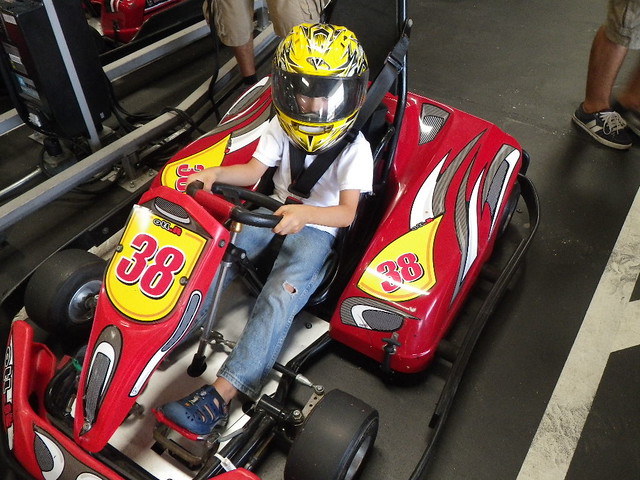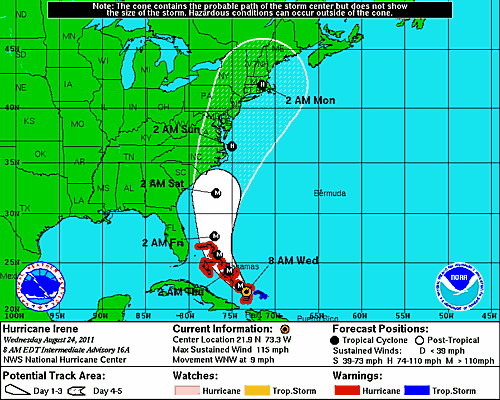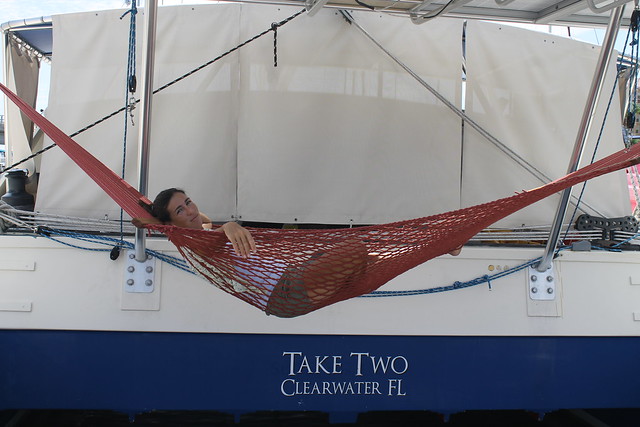We blasted Take Two out of her slip this past week. She hadn’t moved in over six months, so we weren’t entirely sure how it was going to go. It went fine, of course.
First stop was the fuel dock where we made a god awful mess inside our port hull, which is pretty much par for the course. The story of our last visit to the fuel dock is not yet ready to be told publicly. Thankfully we only have to do it about once a year.
Then it was out into Tampa Bay to train the new autopilot and see what else might be broken. We had previously complained that our autopilot was suffering from narcolepsy, so I decided to swap it for the spare. The new one has a rate gyro which hopefully will help it hold a better course in following seas. The install went very smoothly since I was really just changing the brain portion and not any of the ancillary sensors. It seems I got the compass backwards somehow since after calibration it showed perfect reciprocal headings.
We were surprised to be hailed twice on the radio by boats that recognized us. I think that doubled the number of times I’ve ever been hailed on channel 16. Of course I wouldn’t really know because I’m notoriously apathetic about the VHF and usually don’t even have it on. About halfway through our cruise to the Bahamas we realized the stupid thing didn’t even work. A new antenna must have done the trick because it’s working now. I even tested it with SeaTow’s cool Automated Radio Check service.
On the way back in we realized another benefit to having a kid that can drive the dinghy. About 10 minutes out from the marina we sent Aaron ahead so he could catch our lines. No longer do we have to depend on a marina being open, or the dockhands speaking English. From now on, I’m going to have my own guys on the dock to bring me in.
The trip was a shakedown of sorts. It was really about getting the fuel, but we also wanted to make sure the boat was functional for a trip to the beach with another family a couple days from now. All systems appear to be go for that. We’ve got a couple things to work on before we can do an overnight, and then we’ll set our sights on the Tortugas.



